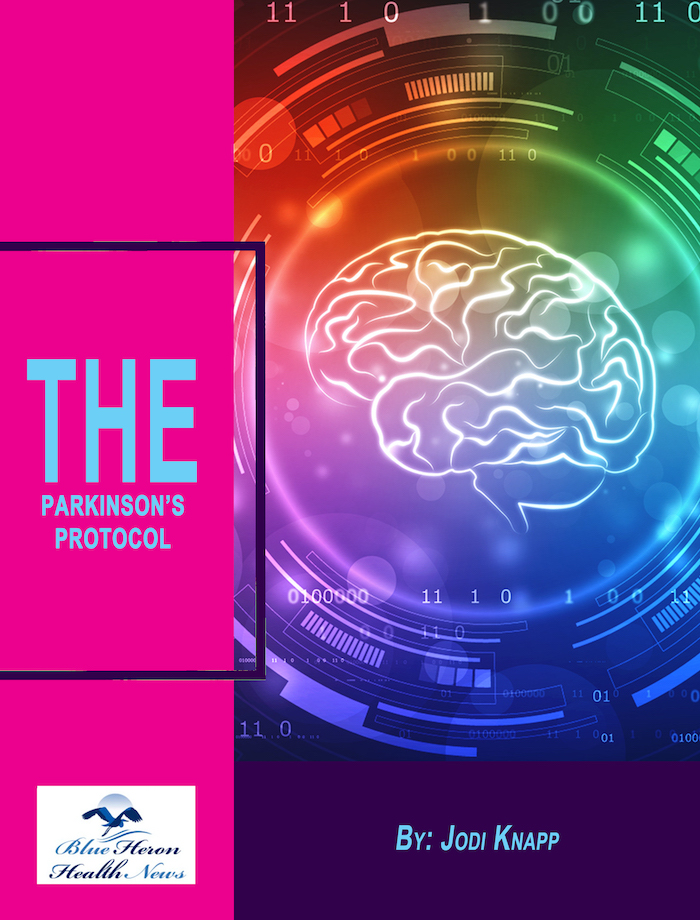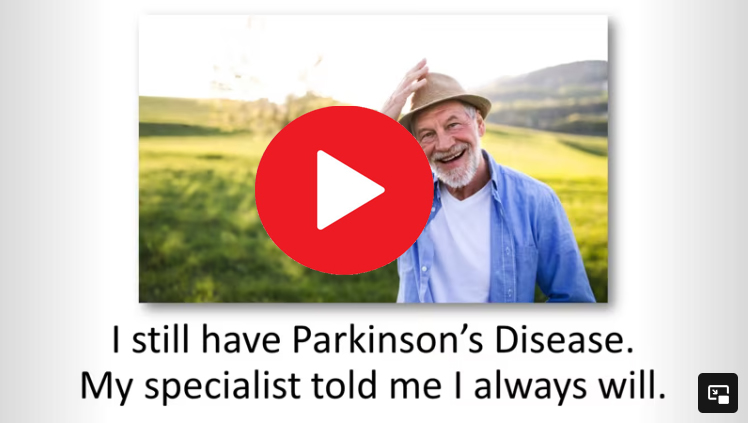
The Parkinson’s Protocol™ By Jodi Knapp Parkinson’s disease cannot be eliminated completely but its symptoms can be reduced, damages can be repaired and its progression can be delayed considerably by using various simple and natural things. In this eBook, a natural program to treat Parkinson’s disease is provided online. it includes 12 easy steps to repair your body and reduce the symptoms of this disease.
Stages of Parkinson’s Disease
Parkinson’s disease progresses through several stages, each characterized by increasing severity of symptoms and impact on daily life. The stages are often described using the Hoehn and Yahr scale, which classifies the disease from stage 1 to stage 5. Here’s a detailed look at each stage:
Stage 1: Mild Symptoms (Early Stage)
- Symptoms:
- Symptoms are usually mild and may not interfere significantly with daily activities.
- Tremor, rigidity, or bradykinesia typically appear on one side of the body (unilateral).
- Posture, balance, and facial expressions are usually unaffected.
- Impact on Daily Life:
- Most people can continue with their normal activities, including work and social engagements.
- Symptoms may be subtle and could be mistaken for normal aging.
- Diagnosis:
- At this stage, diagnosis can be challenging as symptoms are mild and may not be immediately recognized as Parkinson’s disease.
Stage 2: Bilateral Symptoms (Moderate Stage)
- Symptoms:
- Symptoms become more noticeable and start to affect both sides of the body (bilateral).
- Tremor, rigidity, and bradykinesia are more apparent, and muscle stiffness may occur in both arms or legs.
- Walking may become more difficult, with a noticeable change in gait, but balance remains intact.
- Impact on Daily Life:
- Daily activities become more challenging but can still be performed with greater effort.
- Tasks like dressing, bathing, and eating may take longer.
- Diagnosis:
- This stage is often when Parkinson’s disease is diagnosed, as the symptoms are more evident and affect both sides of the body.
Stage 3: Postural Instability (Mid-Stage)
- Symptoms:
- Loss of balance and postural instability begin to emerge.
- Reflexes that help with balance are impaired, leading to a greater risk of falls.
- Movements become slower, and the individual may have difficulty with tasks requiring fine motor skills.
- Impact on Daily Life:
- Activities of daily living (ADLs) become more difficult, and some assistance may be needed.
- Independence may still be maintained, but falls and other accidents become more common.
- Diagnosis:
- This stage is marked by a significant change in mobility, often prompting adjustments in lifestyle and living arrangements to ensure safety.
Stage 4: Severe Symptoms (Advanced Stage)
- Symptoms:
- Symptoms are severe and limiting.
- Walking is significantly impaired, and patients may require a walker or other assistive devices to move around.
- Bradykinesia, rigidity, and tremor are pronounced, and daily activities become extremely difficult.
- Impact on Daily Life:
- Patients often need help with most or all activities of daily living, including eating, dressing, and bathing.
- Independence is largely lost, and many individuals require full-time care.
- Diagnosis:
- The need for extensive support becomes clear, and the focus of treatment shifts to managing symptoms and maintaining quality of life.
Stage 5: Advanced Stage (End-Stage)
- Symptoms:
- Patients may be confined to a wheelchair or bed due to severe disability.
- They are unable to stand or walk independently.
- Cognitive decline, if present, can be significant, and non-motor symptoms such as hallucinations, delusions, and dementia may be severe.
- Impact on Daily Life:
- Full-time care is required, as patients are unable to care for themselves.
- Quality of life is severely impacted, and the focus of care is on comfort and symptom management.
- Diagnosis:
- This stage represents the most advanced form of Parkinson’s disease, where both motor and non-motor symptoms dominate the patient’s life.
Additional Considerations
- Fluctuations and Dyskinesia: As the disease progresses, particularly after long-term use of levodopa, patients may experience motor fluctuations (on-off phenomena) and dyskinesias (involuntary movements).
- Cognitive and Non-Motor Symptoms: While the Hoehn and Yahr scale focuses on motor symptoms, non-motor symptoms such as cognitive impairment, mood disorders, and autonomic dysfunction also become more prominent as the disease advances.
- Individual Variation: The progression of Parkinson’s disease can vary greatly between individuals. Some may experience a slow progression over many years, while others may progress more rapidly.
Management Across Stages
- Early Stages: Treatment focuses on managing symptoms with medications like levodopa, dopamine agonists, and MAO-B inhibitors, along with lifestyle changes and physical therapy.
- Middle Stages: As the disease progresses, adjustments in medication are often needed, and patients may benefit from physical, occupational, and speech therapy.
- Advanced Stages: Management focuses on alleviating symptoms, improving quality of life, and ensuring patient safety. Deep brain stimulation (DBS) may be considered for eligible patients in the middle to late stages.
Understanding the stages of Parkinson’s disease helps in planning appropriate treatment and support strategies, allowing patients and caregivers to anticipate changes and adapt to the challenges posed by the disease.

The Parkinson’s Protocol™ By Jodi Knapp Parkinson’s disease cannot be eliminated completely but its symptoms can be reduced, damages can be repaired and its progression can be delayed considerably by using various simple and natural things. In this eBook, a natural program to treat Parkinson’s disease is provided online. it includes 12 easy steps to repair your body and reduce the symptoms of this disease.